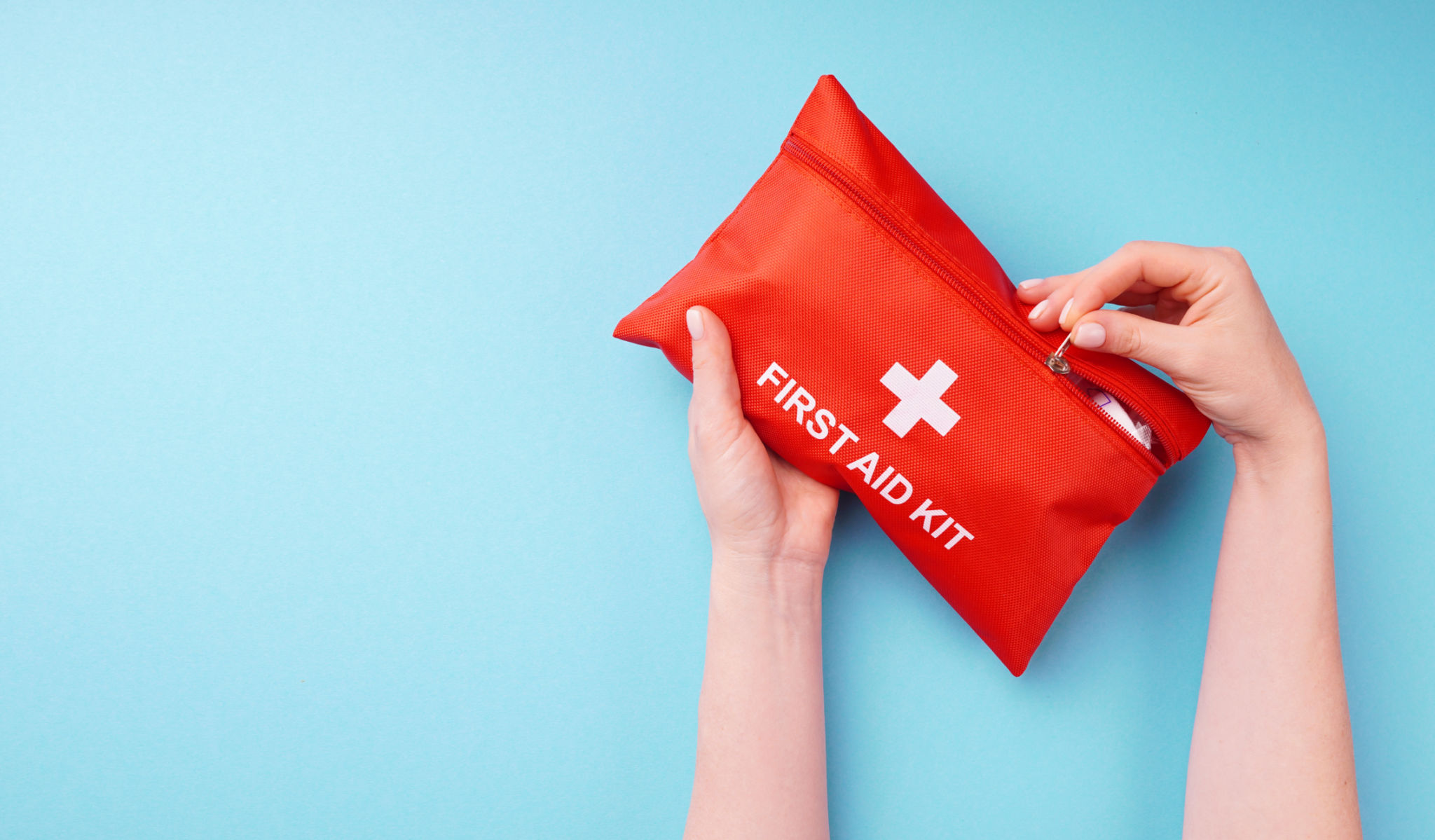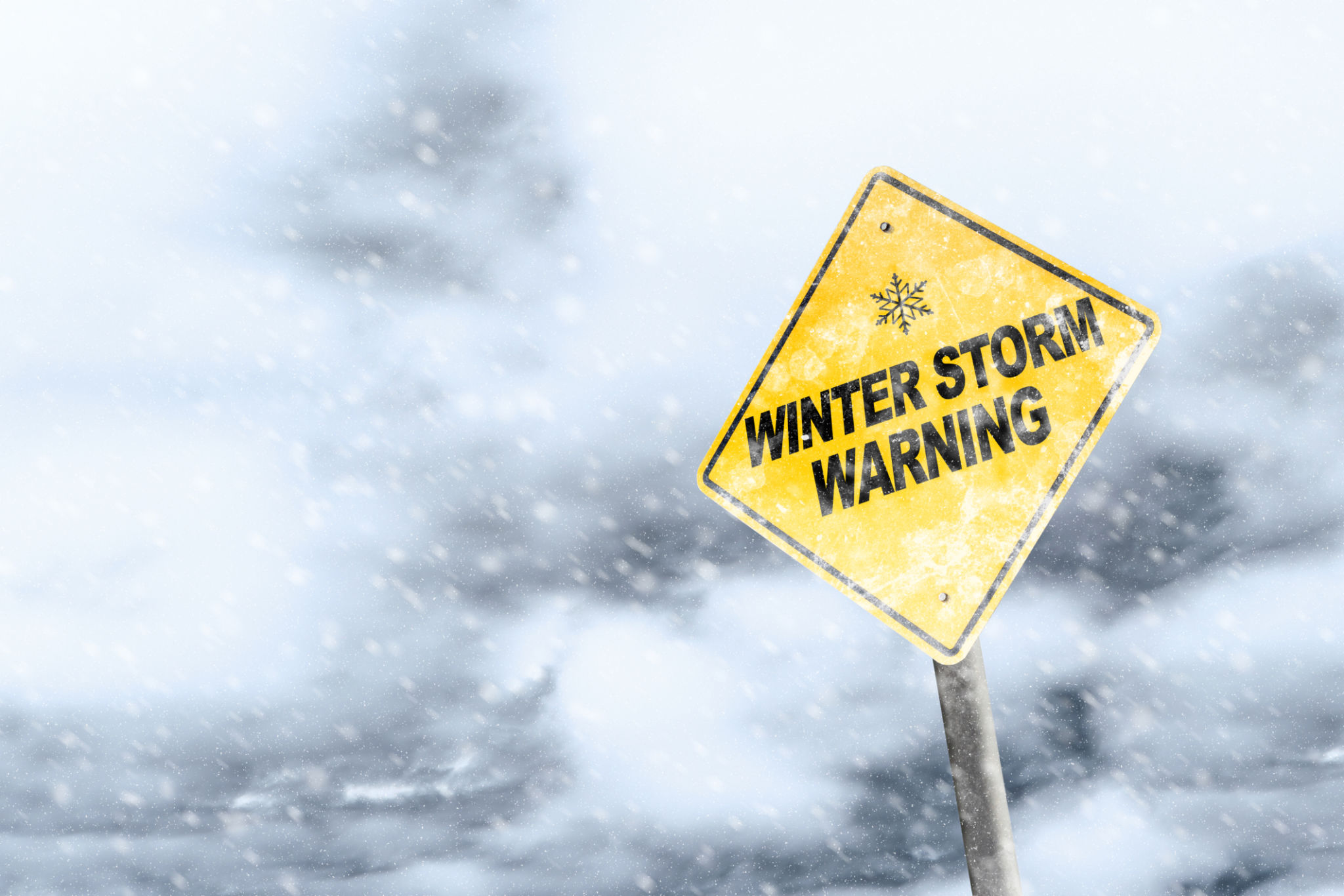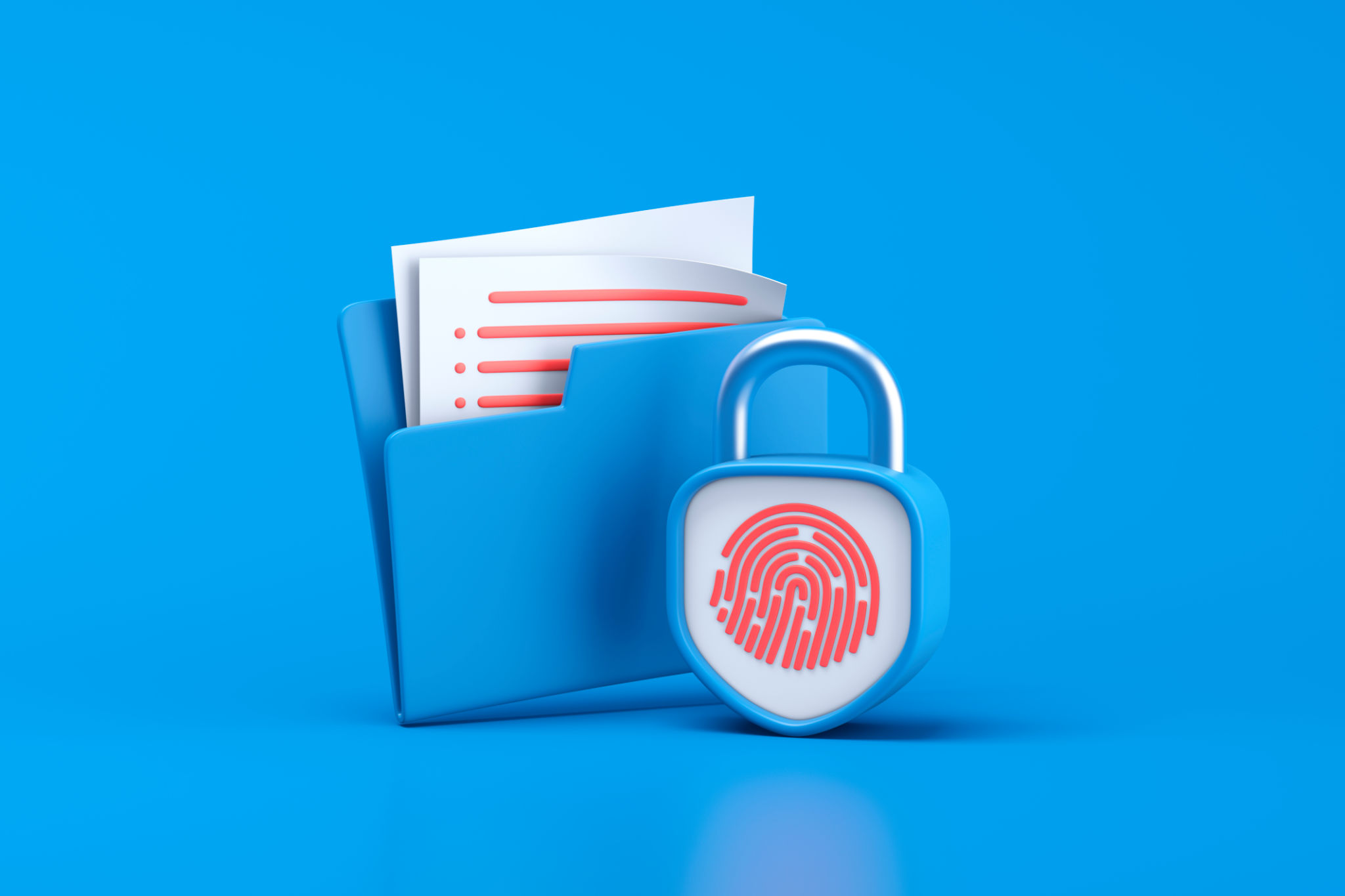Preparing for Natural Disasters: Essential Gear for Maryland Residents
Ki
Understanding Maryland's Natural Disaster Landscape
Maryland residents face a unique set of challenges when it comes to natural disasters. The state's geography means it is susceptible to a variety of hazards, including hurricanes, floods, and winter storms. While the frequency and intensity of these events can vary, preparation is key to ensuring safety and minimizing damage. By understanding the types of natural disasters common to the region, residents can better equip themselves with the necessary tools and resources.

Creating a Comprehensive Emergency Kit
An essential step in preparing for any natural disaster is assembling a comprehensive emergency kit. This kit should contain everything you might need to survive for at least 72 hours. Begin with basic necessities: water, non-perishable food items, and first aid supplies. These items are crucial for sustaining life and addressing immediate health concerns during a disaster.
Additionally, consider including items like a flashlight with extra batteries, a battery-powered or hand-crank radio, and multi-purpose tools. These accessories can be invaluable in navigating power outages and staying informed about ongoing emergency developments.

Specialized Gear for Maryland's Weather
Given Maryland's specific weather patterns, residents should tailor their emergency kits to address local threats. For instance, waterproof gear and sandbags are advisable for flood-prone areas, while snow shovels and extra blankets are essential for harsh winter storms. Understanding your local environment will help prioritize these specialized items in your kit.
Staying Informed and Connected
In the age of technology, staying informed can make a significant difference during a natural disaster. Make sure you have multiple means of receiving updates, such as a weather app on your smartphone and a traditional battery-operated radio. In addition to news updates, having a reliable communication plan with family members is crucial. Ensure everyone knows how to reach each other in case of separation or evacuation.

Evacuation Planning and Safety Measures
A well-thought-out evacuation plan is essential for areas prone to disasters like hurricanes or floods. Know the evacuation routes in your area and have a pre-determined meeting spot for family members. It's also wise to keep your vehicle fueled and ready for sudden departures. Familiarize yourself with local shelters and emergency services to know where to turn if your home becomes unsafe.
Protecting Important Documents
During a natural disaster, crucial documents can easily be lost or damaged. Store important papers such as identification, insurance policies, and medical records in a fireproof and waterproof container. Consider making digital copies and storing them securely online as a backup.
For added security, keep cash on hand in case electronic payments become unavailable. This ensures you are prepared for any situation where accessing funds becomes challenging.

Community Support and Resources
Finally, remember that community resources can play a pivotal role in disaster preparedness. Engage with local organizations and government agencies that offer training sessions, information, and support tailored to Maryland's specific needs. Building relationships with neighbors can also create a support network that is invaluable during emergencies.
Preparing for natural disasters is a shared responsibility. By taking proactive steps, Maryland residents can enhance their resilience and safeguard their families against the unpredictable forces of nature.